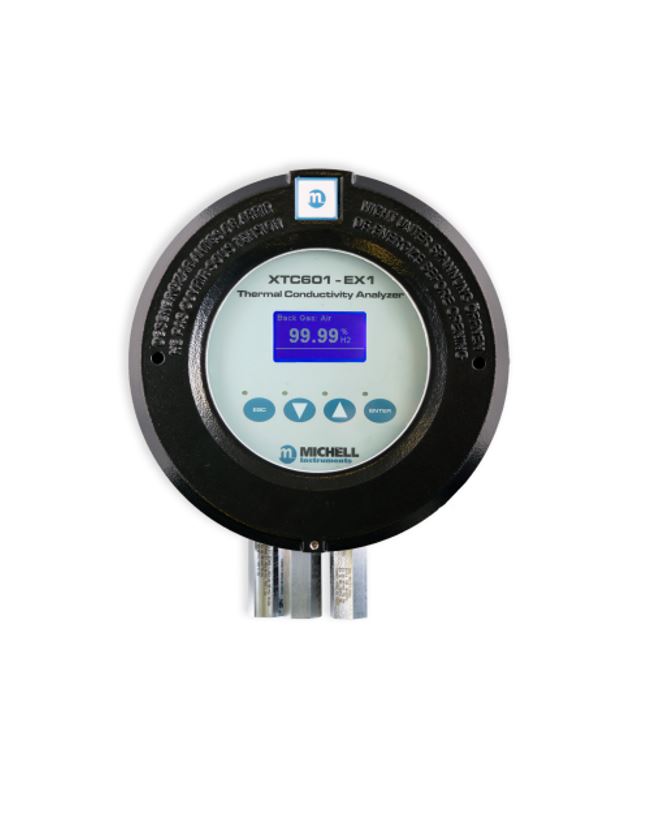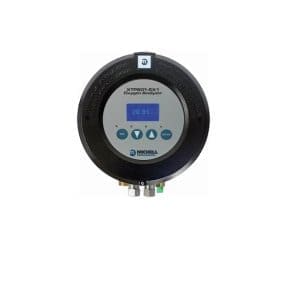XTC601 EX binary gas analyser for hydrogen monitoring Michell
Po naročilu. Pošljite povpraševanje.
Delivery time: approximately 3-4 weeks
- measuring range: 0 … 1 %, 0 … 100 %
- accuracy: better than ±1 % of scale (for H2 or He)
- Response time: <20-50 s
- repeatability: ±0,2 % of range
- input and output: 2 x 4-20 mA
- sample flow rate: 100 … 600 ml/min
Description
The XTC601 EX binary gas analyser for hydrogen monitoring Michell is a linear and stable thermal conductivity analyser for measuring binary gas mixtures such as air in hydrogen (H2 purity) or carbon dioxide in methane (biomethane). The XTC601 has a built-in sensor in a rugged IP66 housing and is suitable for use in a wide range of applications.
Can be supplied with explosion protection, suitable for use in hazardous areas or Ex zones. The XTC series of binary gas analysers(XTC501) with different configurations allow settings within the desired specifications as well as cost flexibility for the user.
Advantages of XTC601
- measuring technology: thermal conductivity sensor
- ATEX, IECEx, TC TR Ex & cQPSus certificates
- touchscreen for calibration or adjustment
- without a hot work permit
- low cost of ownership due to minimal maintenance
- Housing protection options: IP55 or IP66
- NAMUR 44 standard light guide
- input and output: 2 x 4-20 mA
- Linearity : ±1 % of range
- Communication: modbus RTU – RS485 protocol
Areas of use, applications
- Hydrogen coolant in electric turbines
- hydrogen production by electrolysis
- product quality in air separation plants
- synthetic gas production
- helium refuelling
- fuel cell research and development
- product quality, such as air argon for double glazing
Accessories
The XTC601 can now be purchased in compliance with IEC61508 SIL2 requirements. The analyser comes with a SIL manual that allows the user to integrate the unit into the system or operating environment.
Articles
You are invited to take a look at the articles ”Purity measurements in hydrogen production”, ”Monitoring impurities in Syngas”.
Povpraševanje
You may also like…
For your victories, with our solutions. Call us:
Contact us.
Call us:
+386 (0)2 62 96 720
Email us:
[email protected]





